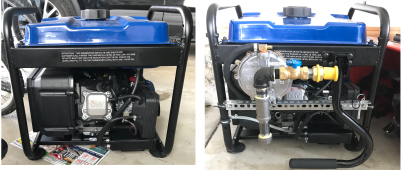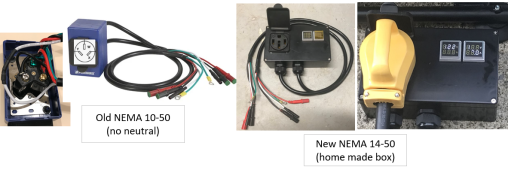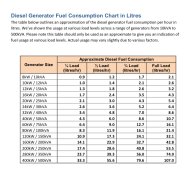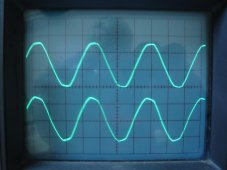If you go have a look at the "operating hours @ a given load" for basically any commercially available generator you will see that as load increases to rated load, the efficiency of the generator will increase.That is for most generators where you will make the most power for the fuel you burn.
I think you have this confused with the internal combustion engine itself. Yes 60-80% load on the engine itself is in the most fuel efficient range for it, but the manufacturer has already done that work for you. They sized the engine to suite the alternator to be able to be operating in that 60-80% load on the engine, at the generators rated electrical capacity (or around it). That is part of why it has a rated capacity and a maximum capacity.









